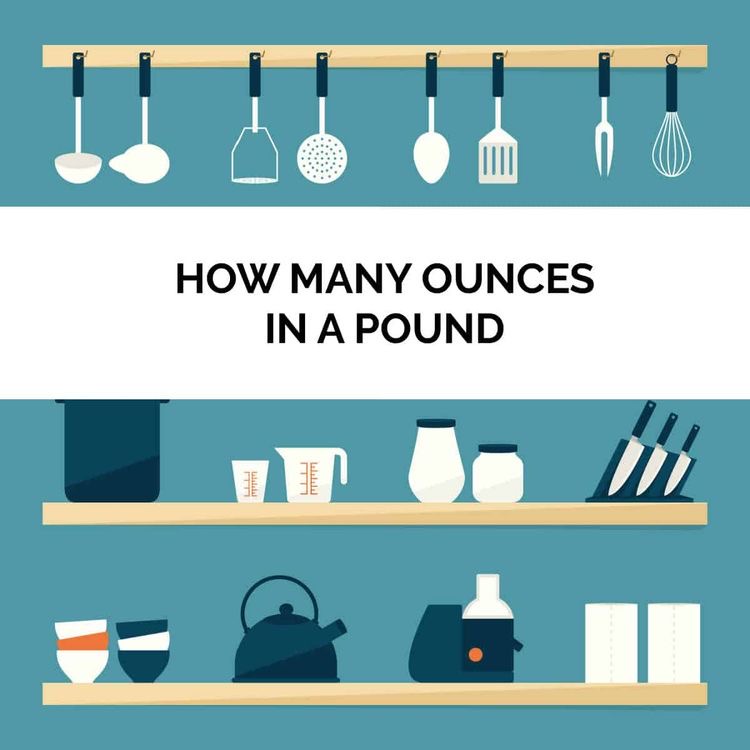Introduction
For finding how Many Grams in an Ounce, we mainly encounter with the terms “grams” and “ounces.” Whether you’re cooking in the kitchen, buying precious metals, or taking medication, these units of measurement play a crucial role. Understanding the conversion between grams and ounces is essential for various purposes, and in this article, we will delve into the details of this important conversion.

Table of Contents
What is a Gram?
A gram is a unit of measurement used to quantify mass or weight. It belongs to the metric system, which is widely used around the world due to its simplicity and precision. One gram is equal to one-thousandth of a kilogram, making it a small unit ideal for measuring lightweight objects accurately.
What is an Ounce?
An ounce, on the other hand, is part of the imperial system of measurement and is commonly used in the United States and a few other countries. Unlike the metric system, the imperial system can sometimes lead to confusion due to its complexity and varying units for different substances. An ounce is approximately 28.35 grams and is commonly used to measure both weight and volume.
How Many Grams in an Ounce: Conversion
Converting grams to ounces and vice versa can be done using a simple mathematical relationship. One ounce is approximately equal to 28.35 grams, while one gram is approximately equal to 0.035 ounces. Remembering these conversion factors can be helpful when dealing with measurements in the kitchen, lab, or any other scenario.
Common Uses of Grams and Ounces
In Cooking and Baking
Both grams and ounces are frequently used in the culinary world. Baking, in particular, often requires precise measurements to achieve the desired results. Recipes from different regions may use either metric or imperial measurements, so understanding both systems is essential for international cooks and bakers.
In Pharmaceuticals and Medicine
The pharmaceutical industry commonly employs the metric system, including grams, to accurately measure the dosages of medications. Patients also encounter grams in over-the-counter medicines and nutritional supplements, making it vital for understanding proper usage and dosage.
In Precious Metals and Gemstones
For those interested in trading or investing in precious metals and gemstones, such as gold, silver, or diamonds, grams and ounces are the standard units of measurement. Knowing the conversion between these units is essential when buying or selling these valuable commodities.
Historical Context of Grams and Ounces
The history of grams and ounces dates back centuries, with each system having its origins and developments. The metric system was officially established during the French Revolution in the late 18th century, while the imperial system has a more diverse and complex history influenced by various cultures and regions.
The Metric System vs. Imperial System
The world remains divided between the metric system and the imperial system. The metric system offers advantages such as simplicity, easy conversions, and a logical base-10 structure. In contrast, the imperial system has its roots in historical traditions but can be challenging to use due to its lack of a consistent base unit for different types of measurements.
Why Understanding the Conversion is Important
International Trade and Commerce
With globalization, businesses often interact with partners from different countries. In international trade, standardizing measurements is crucial to ensure clarity and accuracy, which is why knowing the conversion between grams and ounces becomes essential.
Travel and Cultural Differences
Traveling to different countries means encountering different measurement systems. Familiarizing oneself with both grams and ounces allows for a seamless travel experience and helps avoid misunderstandings in diverse cultural settings.
Tips and Tricks for Easy Conversion
Handy Conversion Formulas
To convert grams to ounces, you can use the formula: ounces = grams / 28.35. For converting ounces to grams, the formula is: grams = ounces * 28.35.
Everyday Comparisons
Relating grams and ounces to everyday objects can also help in understanding the conversion. For example, an ounce is approximately the weight of two slices of bread, and a gram is about the weight of a paperclip.
Conclusion
Understanding the conversion between grams and ounces is essential in various aspects of our lives, from cooking to international trade. The convenience and accuracy of the metric system make it widely used, but the imperial system continues to persist in certain regions. By familiarizing ourselves with both systems and their conversion, we can navigate the complexities of measurements with ease.
FAQs
- Q: Is it essential to know both grams and ounces?
- A: Yes, knowing both units is beneficial, especially in international interactions and the culinary world.
- Q: Are grams and milligrams the same?
- A: No, grams are larger units than milligrams. One gram is equal to 1000 milligrams.
- Q: Can I convert grams to ounces using a calculator?
- A: Yes, but knowing the approximate conversion factor (1 gram ≈ 0.035 ounces) will help you estimate quickly.
- Q: Why is the metric system considered easier than the imperial system?
- A: The metric system’s base-10 structure and consistent units make it easier for conversions and calculations.
- Q: Where can I learn more about other unit conversions?
- A: There are various online resources and conversion tools available to explore different measurement units.
Share this content:








